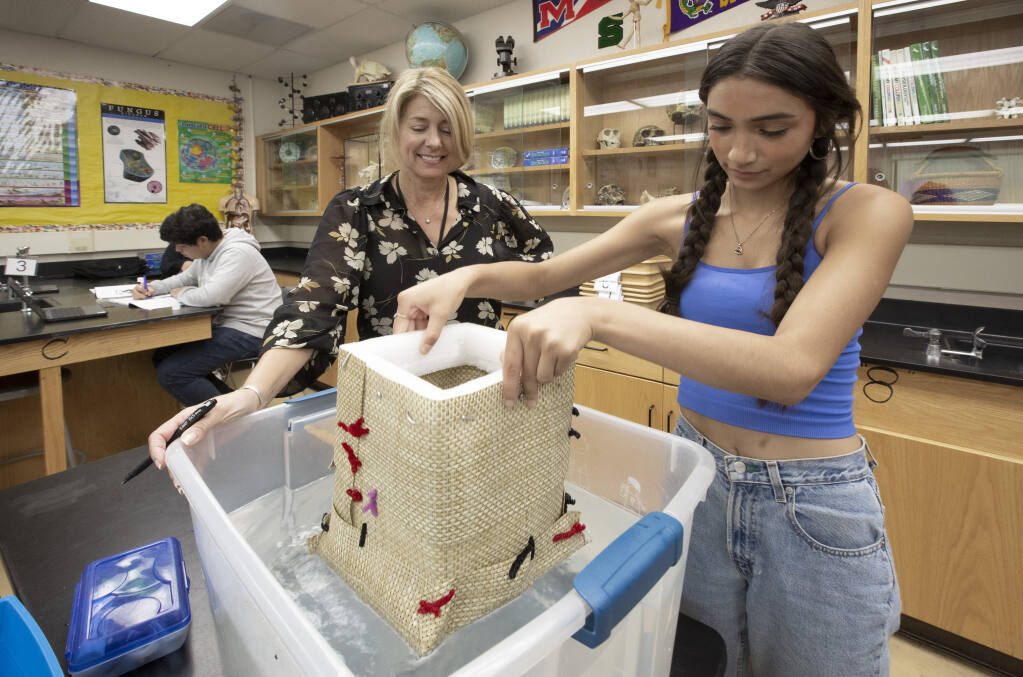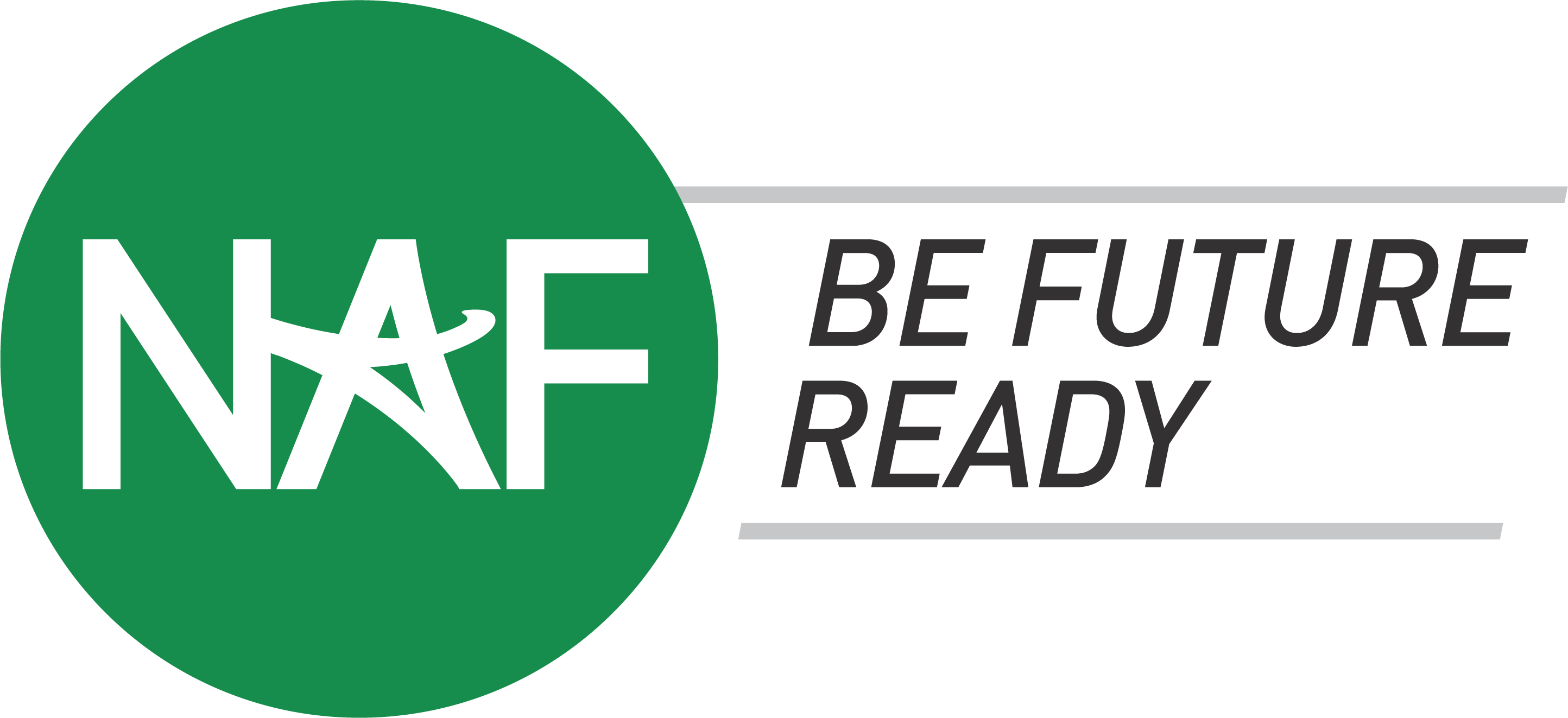Originally posted on Sonoma Index-Tribune.
By: Daniel Johnson

(This is part of a multistory series that explores Career Technical Education pathways at Sonoma Valley High School.)
When Charlotte King began her freshman year at Sonoma Valley High School this fall, she signed up for an engineering class because it seemed like a fun, but challenging elective.
Just a few weeks into the course, she finds herself designing a keychain for a partner in her class on Fusion 360, a collaborative, cloud-based engineering platform.
“I like that we are not only designing something, but also 3D printing,” said Charlotte, 14. “I think it is going to be cool to see our designs come to life.”
Charlotte has made steady improvement using Fusion 360 and enjoys applying her math skills in the class, Introduction to Engineering Design.
It’s one of three courses offered in the Engineering Design Pathway, contained in the Engineering and Architecture Sector in the school’s Career Technical Education program.
Michelle Purvis, who has been teaching courses in biological science, geoscience, anatomy and physiology for the past 20 years — and has taught at the high school for the past 10 years — offers the pathway’s Environmental Sustainability course.
Stephen Sorkin, who felt called to classroom teaching this fall after a successful business career, teaches the Introduction to Engineering Design and Principles of Engineering classes.
He’s served as chief strategy officer at Splunk software development, been granted 130 U.S. patents and earned degrees from Stanford University and University of California, Berkeley. Since moving to Sonoma, he’s worked on the brick-and-mortar side of engineering and architecture by developing mixed use and affordable housing in Sonoma Valley and beyond.
“I chose to come into the classroom to give back to the students of Sonoma Valley and expand their horizons,” Sorkin said.
Concurrently with starting at SVHS, Sorkin has earned a designated subjects Career & Technical Education (CTE) credential in engineering and architecture.
The three classes currently offered by Sorkin and Purvis in the Engineering Design pathway, which includes 53 students, utilize the nationally recognized Project Lead the Way engineering curriculum.
“The Engineering Design Pathway seeks to provide an introduction to how real products are designed, built and used in the real world,” said Wendy Swanson, the work-based learning coordinator for the College & Career Center at SVHS. “We hope to provide a better understanding of the engineering field in general, empathy for both those who manufacture products and the users of those products as well as ways to engage in higher level creative thinking that are applicable beyond those courses.”
Two 17-year-old seniors who completed the Engineering Design Pathway last year reflected on their experiences.
Derek Hernandez-Alonso said the Principles of Engineering class varied throughout the year and students did a lot of independent work on their own projects, including making vehicles from VEX kits (snap-together, programmable robotics kits, which teach STEM and engineering principles] in groups). He noted that one group used the VEX machines to make a catapult.
“The class wasn’t stressful, but you needed to put your best effort into learning the material,” he said. “For being a small class, it was definitely one of my favorite classes.”
Hernandez-Alonso now plans to pursue a career in kinesiology or sports science.
Luc Rulmont felt that the class mainly taught him the importance of collaboration, efficiency and originality.
“Collaborating with others [was emphasized] because you never know who your partner is going to be on a project,” he said. “I learned to design very quickly and efficiently because sometimes projects have quick deadlines, and you learn as you go. This class teaches you completely differently from other classes because you can’t copy from someone else or off the internet. You have to come up with your own ideas. Principles of Engineering was my favorite class of all time.”
Rulmont, who participated in a high school shadow program with Cisco Webex last summer, hopes to forge a career in computer science or mechanical engineering.
Several local partners — including Mellinger Engineering Inc., City of Sonoma, Sonoma County Water Agency, Peterson Mechanical Inc., Labcon and Price Pump (before they moved out of the area) — have offered job shadows, internships and/or apprenticeships.
“I’m grateful to the foundation for fostering this opportunity for our students,” Purvis said. “It wouldn’t happen without their dedication and support. “This year, we received a grant from the Impact 500 Foundation, and I would like to thank them as well for recognizing the importance of engineering, technology and design opportunities at SVHS.”
The pathway has an advisory board consisting of professionals in fields such as civil engineering, biomedical engineering, electrical engineering, systems engineering, architecture and computer science.
“All of the members of our advisory board assist with our classes, including giving advice on equipment, current trends in their fields and the skills necessary for students to enter their fields,” Swanson said.
The pathway seeks to prepare students not only for jobs, but also for two- and four-year college programs.
“For students who seek work that doesn’t require a college degree, we hope to provide the background on how engineers design products as well as an introduction to design,” Sorkin said. “College-bound students are provided a rigorous STEM curriculum to prepare them for their college careers. All students are expected to learn how to think about products and their interaction with the real world.”
Students who have completed the pathway have gone on to work in a wide variety of fields, including construction management, computer science, software engineering, structural and civil engineering, facilities engineering, naval engineering, cybersecurity, medicine and nursing.
SVHS began the Engineering, Design & Technology Academy during the 2012-13 school year. The superintendent at the time and the district’s Board of Trustees helped to achieve a partnership with the National Academy Foundation to create an engineering pathway and the Sonoma Valley Education Foundation provided startup funding.
Swanson says that the capstone class for the program was Civil Engineering & Architecture, but at the request of students, it was changed to Engineering Design & Development.
“Then, with the assistance to SCOE [Sonoma County Office of Education] and other partners, during the 2021-22 year, the capstone course changed to Environmental Sustainability, which looks at ways engineering can be used to address environmental and sustainability issues,” she said.
The Environmental Sustainability class focuses on exploring and finding solutions for real-world problems to provide sustainable clean and abundant water, food security and renewable fuels.
“The curriculum is project based and students experience many guest presentations from industry professionals and field trips to explore a variety of engineering fields and related professions,” Purvis said. “The curriculum exposes students to careers in civil, mechanical and bioengineering, among others.”


